Unpacking the Life and Times of Karl Lagerfeld
- Oops!Something went wrong.Please try again later.
- Oops!Something went wrong.Please try again later.

When French art dealer Pierre Passebon hosted a show of photographs by Karl Lagerfeld at his Galerie du Passage in Paris back in 2004, most visitors invariably gravitated toward one depicting large cacti from a botanical garden in Monaco, over which Lagerfeld splashed a wash of mauve. Editions of the print sold briskly.
Lagerfeld cornered Passebon for an explanation of that photo’s popularity and the gallerist mused that perhaps it was the contrast of something sharp and hard against the softness suggested by the colors.
More from WWD
“Are you saying it’s a self-portrait?” Lagerfeld shot back.
That anecdote didn’t make into “Paradise Now,” William Middleton’s engrossing and meticulously detailed new biography about the late designer, out Feb. 28 from Harper.
But it echoes a point made frequently in the 480-page tome: That Lagerfeld’s intimidating appearance — an imperious fashion diva swanning through the world in stiff collars and dark sunglasses — belied his humility, and a tender heart.
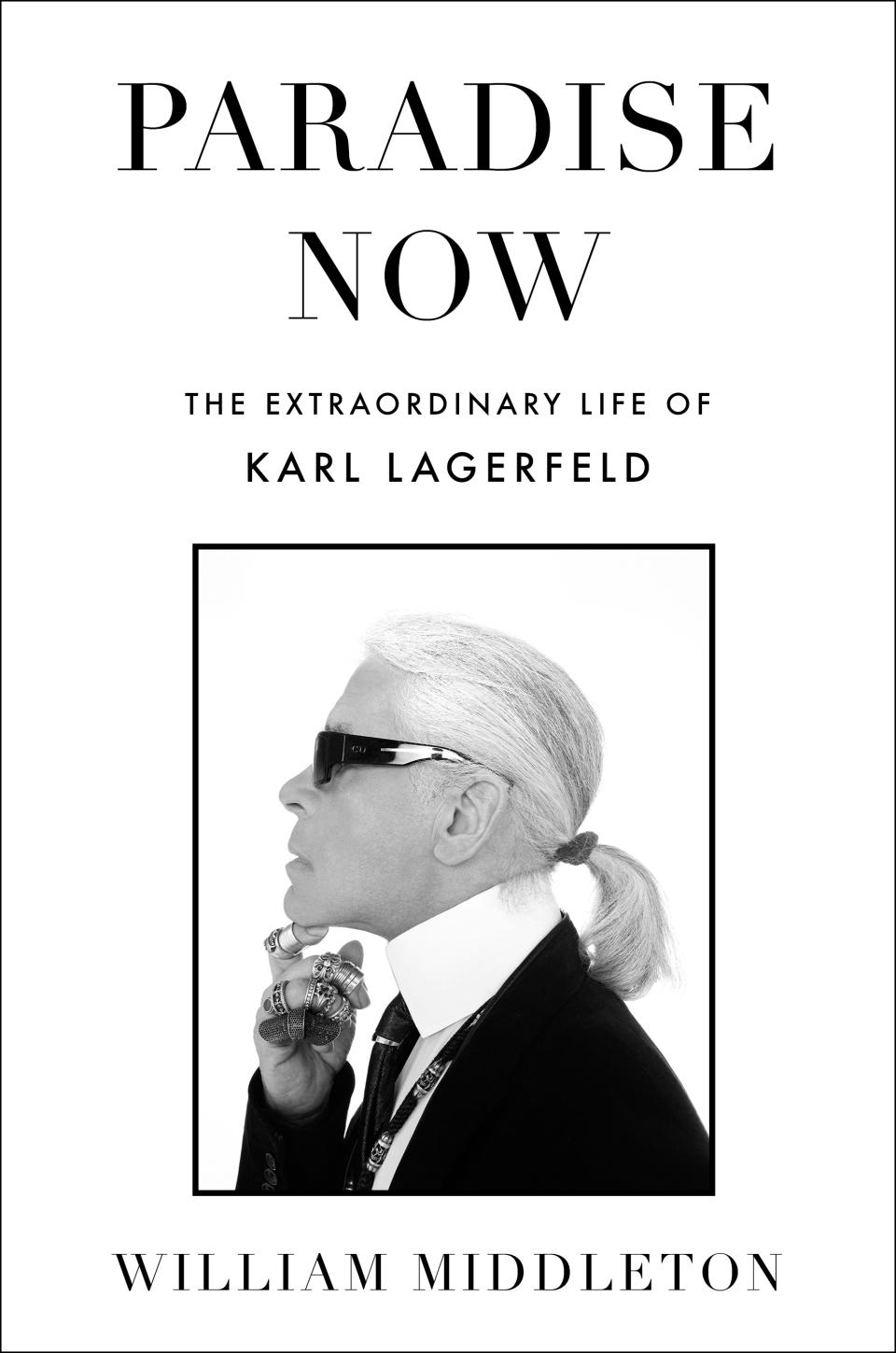
While Paris bureau chief for WWD and W magazine in the ’90s, Middleton quickly discovered the soft, gooey center underneath Lagerfeld’s hard shell. Indeed, he once told the designer how flabbergasted he was by his harsh, even unpleasant public persona, given that he was actually quite warm, even touching when you got to know him. “Better that than the opposite, non?” was Lagerfeld’s retort.
For these reasons, Middleton took pains to portray Lagerfeld as much as an endearing human being as a towering creative figure, delving into his key relationships, both personal and professional.
The author notes that his editor encouraged him to make readers feel like they were in the room with Lagerfeld, and interviews with his nearest and dearest — muse Lady Amanda Harlech; personal assistant Sébastien Jondeau; model Inès de La Fressange; publisher Gerhard Steidl, and a host of Chanel, Fendi and Karl Lagerfeld brand executives among them — paint a picture of a driven, supremely intelligent and indefatigable fashion genius whose impact on the culture was vast.
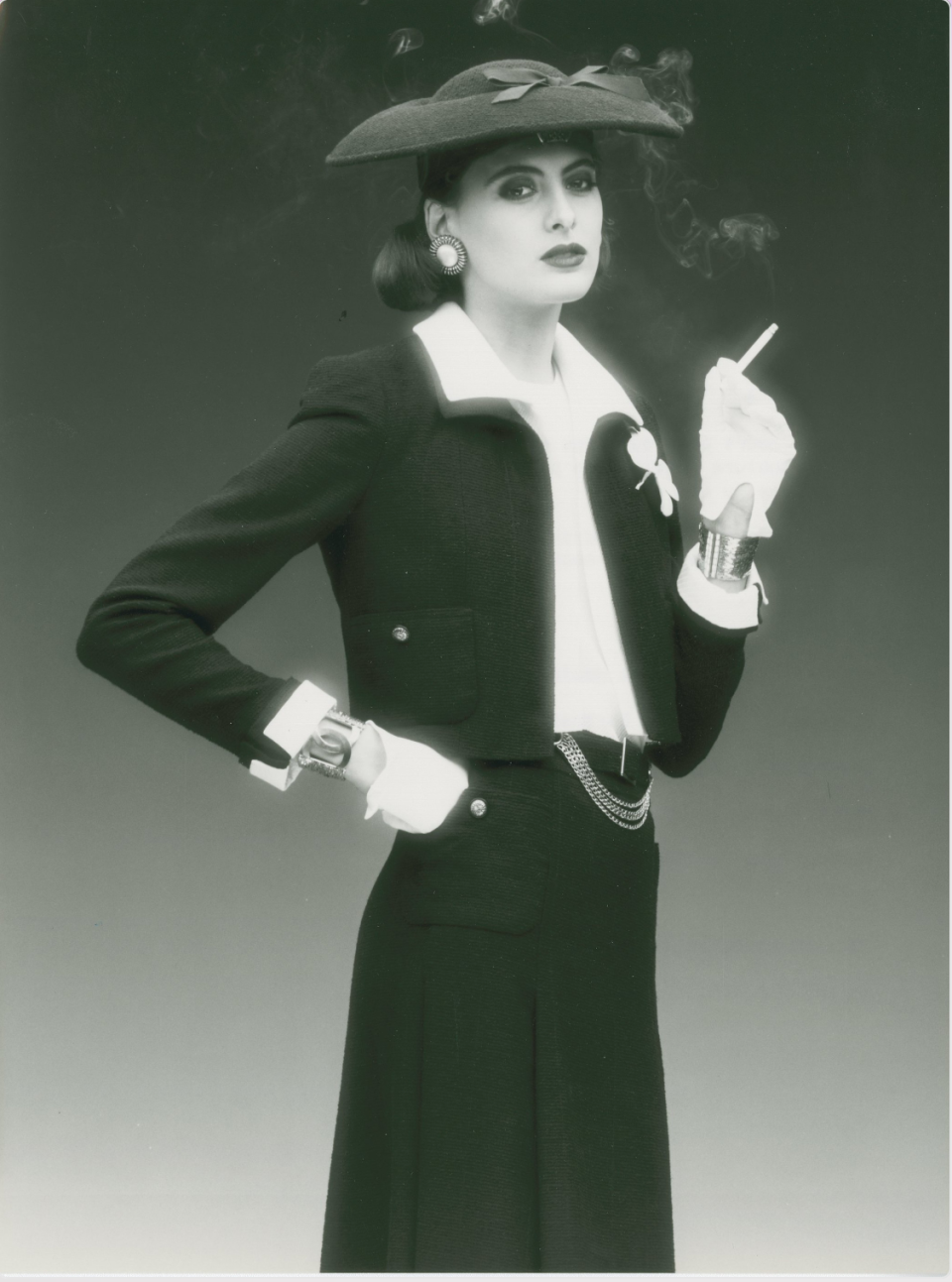
Still, Middleton found himself surprised by many things he uncovered about Lagerfeld.
Though he always insisted he was entirely self-taught in fashion, sometimes joking that he was quite uneducated, Lagerfeld in fact studied the year after he arrived in Paris from his hometown of Hamburg, Germany.
In 1953, he enrolled in classes of fashion illustration and design given by Andrée Norero Petitjean at her school, known as the Cours Norero, where Lagerfeld demonstrated “natural ability as an illustrator and a sensitivity to style,” Middleton writes.
Among Norero’s assignments for her young charges was a competition to design the gown for the upcoming wedding of her daughter, Christiane. Impressed by Lagerfeld’s “attentiveness to the client and the design that he proposed,” the 20-year-old wunderkind prevailed.
Middleton showed a photo of the never-before-seen gown to Harlech, who remarked: “It shows that Karl, even then, understood eveningwear as well as tailoring. The dress, with its removable corselet, is very pure and constructivist.”
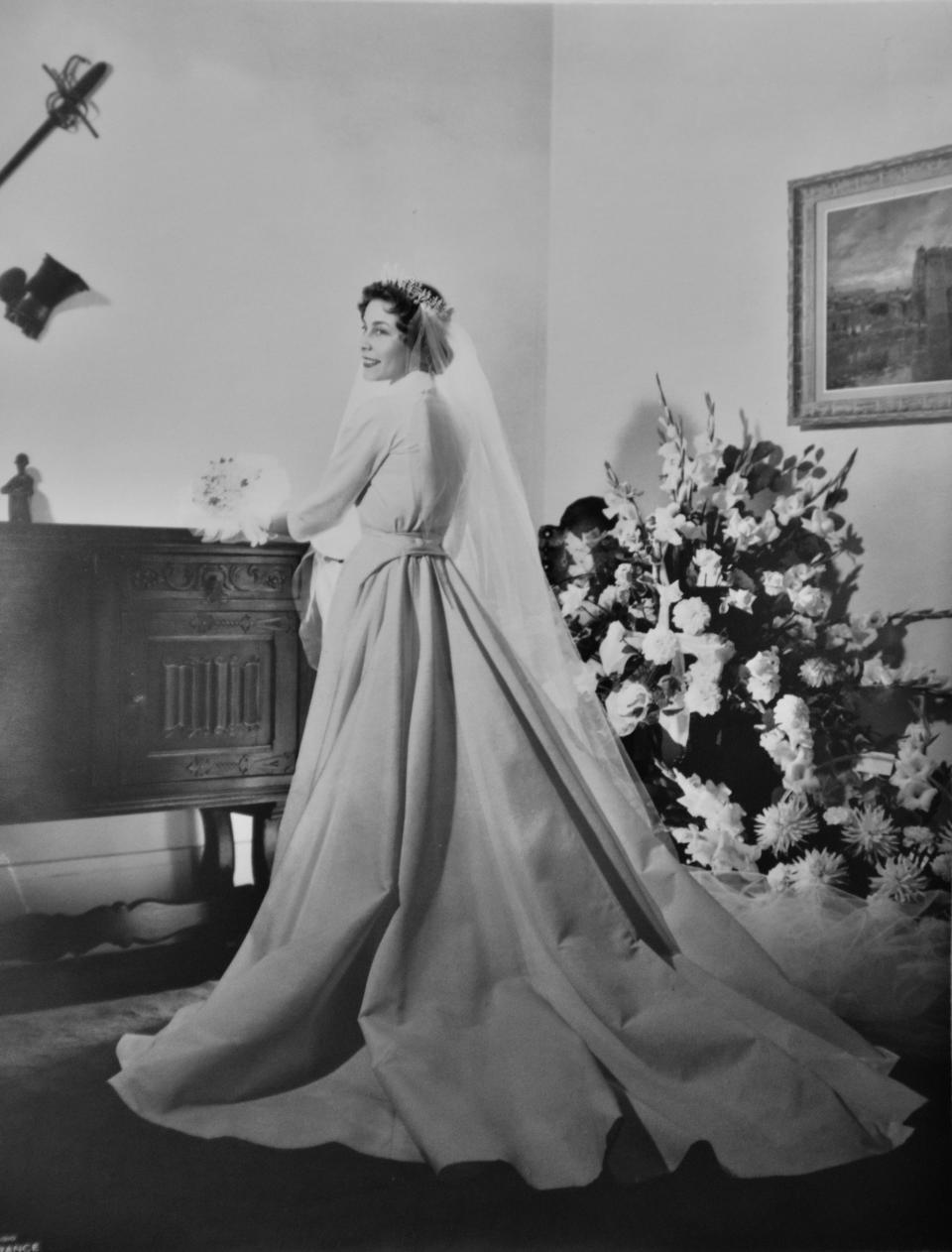
That same year, 1954, Lagerfeld famously won the Woolmark Prize alongside Yves Saint Laurent and Colette Bracchi, which catapulted his international profile – and made his notoriously taciturn and impatient mother as proud as punch.
Middleton knows this only because of another key discovery during his three years of research and writing: a scrapbook of press clippings, drawings and notes detailing Lagerfeld’s Woolmark triumph. It was among the lots at Sotheby’s 2021 estate sales, listed at the time as a work of Lagerfeld’s. Middleton found that odd, given Lagerfeld’s aversion to archiving his own work, and Jondeau confirmed that the designer’s mother compiled the book, and carried it with her until her death in 1978.
The biography also casually pours some cold water on the ferocity of the famous feud between Lagerfeld and Saint Laurent over Jacques de Bascher, the great love of Lagerfeld’s life, who also had an affair with Saint Laurent. While there was friction and estrangement to be sure, stoked by Saint Laurent’s cantankerous partner Pierre Bergé, Middleton casually notes that the entire Saint Laurent clan was invited to the wedding dinner for Paloma Picasso and Rafael Lopez-Sanchez, hosted by Lagerfeld in 1978.
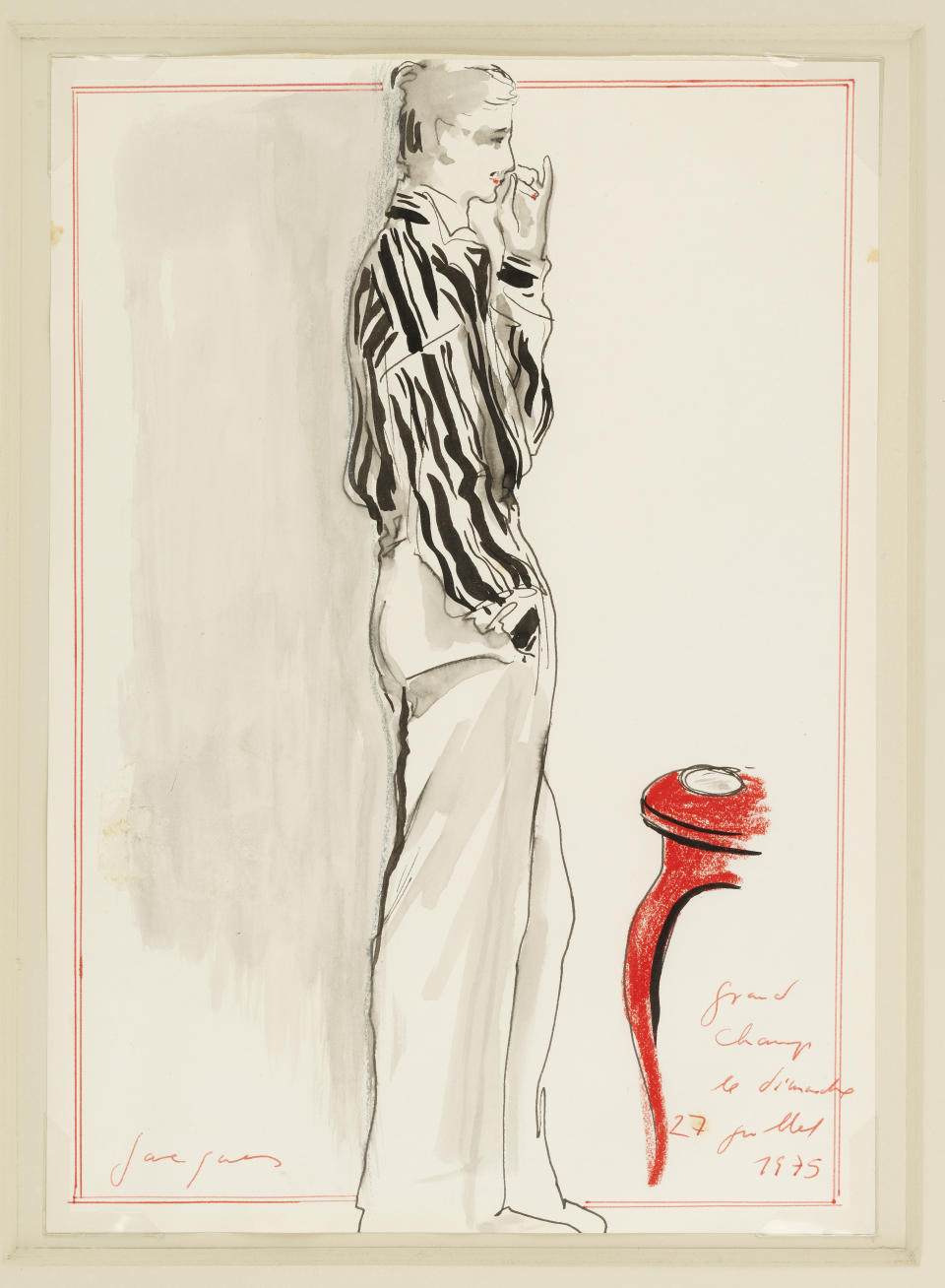
“What is this love affair?” Loulou de la Falaise remarked when she encountered Lagerfled and Bergé deep in conversation.
Middleton doesn’t ignore Lagerfeld’s foot-in-mouth syndrome, and he reviews almost every ugly remark and comment the designer made in his latter years, words that prompted the likes of Jameela Jamil, an actress and activist, to brand Lagerfeld “hateful” and to admonish the Metropolitan Museum of Art for opening a retrospective exhibition in his honor this May at the Costume Institute.
Middleton encourages people to read the book and consider Lagerfeld’s remarks in the context of the German designer’s entire life. He died in February 2019 at age 85 after a long battle with prostate cancer, and an unprecedented career.
“I think Karl was extraordinary. Biography is about exemplary lives,” the writer says, stressing “it’s important to get a sense of who he was.”
While he was stereotyped as a ferocious workaholic, the designer was quite the party animal in the ’70s — so much so that when trendy Paris magazine Façade did a ranking of the leading figures of Paris nightlife, Lagerfeld came out on top, according to the book.

Middleton also bore down to the truth about why Lagerfeld always shaved five years off his real age. Steidl told him that Lagerfeld had falsified his birth certificate and passport, altering it to 1938 instead of 1933, because he was “ashamed” that he was “born in the year when Hitler started his project of killing the Jewish population of Germany.” And he “did not want to be connected to that year.”
The book avoids no uncomfortable topic, while also imparting the sheer adrenaline rush of Lagerfeld’s unprecedented longevity and innumerable accomplishments: his miraculous rejuvenation of Chanel, his unprecedented 50-plus years at Fendi and his string of boundary-breaking industry firsts, like collaborating with H&M, or taking Chanel’s fashion shows to the Grand Palais in Paris, yielding mammoth, unprecedented set designs.
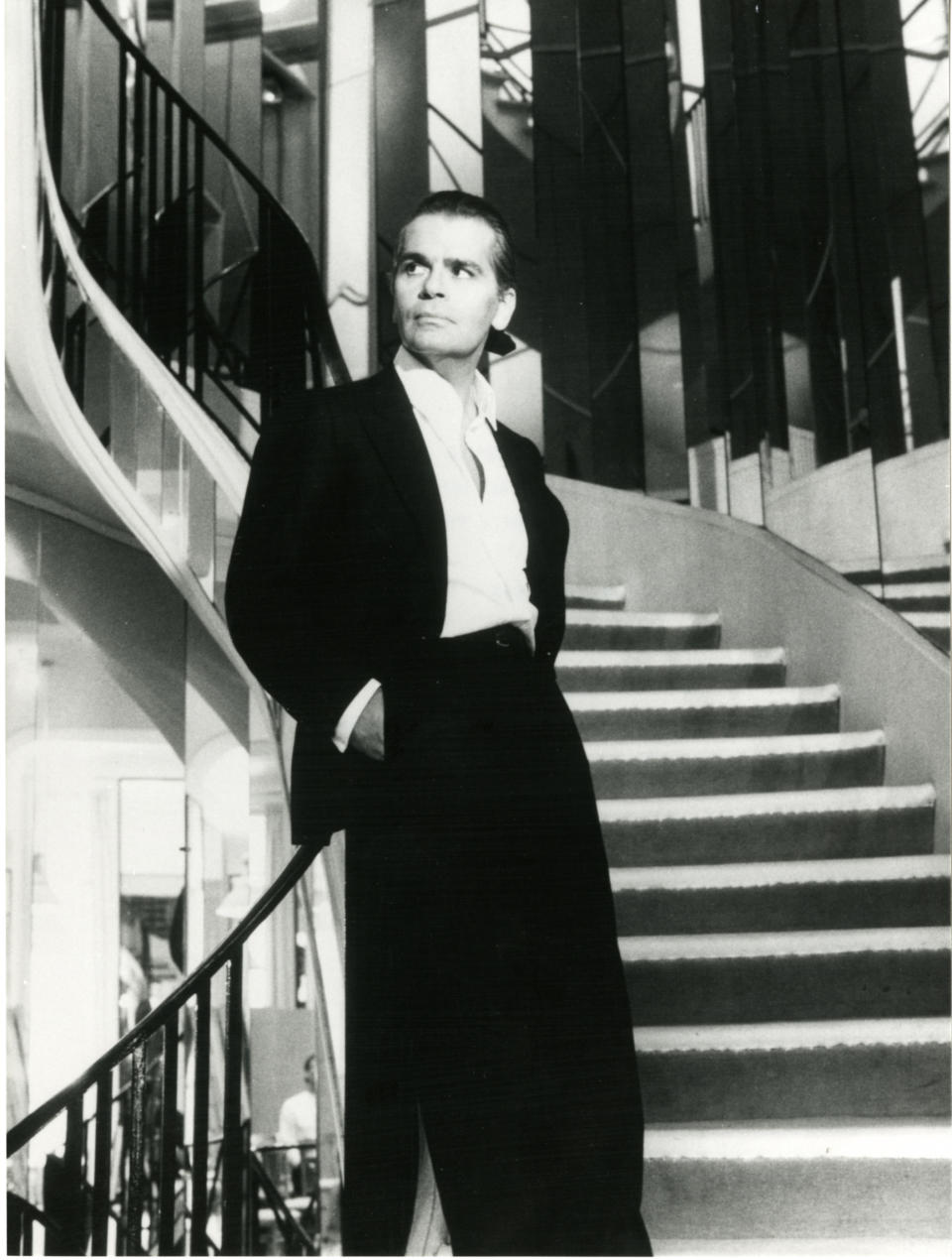
Middleton explores how Lagerfeld managed to be all-powerful, formidable and uncompromising, yet also immensely collaborative, calling his long reign at Chanel “a chic, benign dictatorship” that nevertheless engendered devotion to almost everyone who worked with him.
Anecdotes sprinkled throughout the book reveal stunning, random acts of kindness. One example: In 2014, Lagerfeld flew to Amsterdam to attend a holiday party for staff at his namesake brand. He arrived late and headed straight for the kitchen, telling his puzzled chief executive officer Pier Paolo Righi the reason why: “Because I wanted to thank everyone who had made the meal. And if I had waited until after dinner, they would have already left.”
Others exalt his kind nature. In 2007, for example, he found himself calming the nerves of actress Diane Kruger, who was hosting the closing ceremonies at the Cannes Film Festival, as they were driven to the event. “He just grabbed my hand, held it, and said, in German, ‘Look at how far you’ve come — I’m so proud of you.’ He said it in such a sweet manner — obviously he was trying to encourage me,'” Kruger related. “And then he said, ‘And look at us: two little nobodies from Germany and here going to the Cannes Film Festival — isn’t it amazing?’’”
Middleton notes that at least a dozen of the people he interviewed broke down in tears talking about Lagerfeld.
The book will be officially launched on Feb. 28 with a cocktail event in Paris at the 7L bookstore, where Middleton will sign copies.
Its oblique title is snatched directly from a quote by the designer, who famously avoided lauding the “good old days” because that denigrated the present, which he considered criminal.
“That’s what Karl was about, always completely focused on the present,” Middleton says.
The full quote, delivered during an interview with French journalist Augustin Trapenard in 2014, reads: “I don’t care about posterity. Just don’t care. It won’t do anything for me. It’s today that counts: paradise now.”
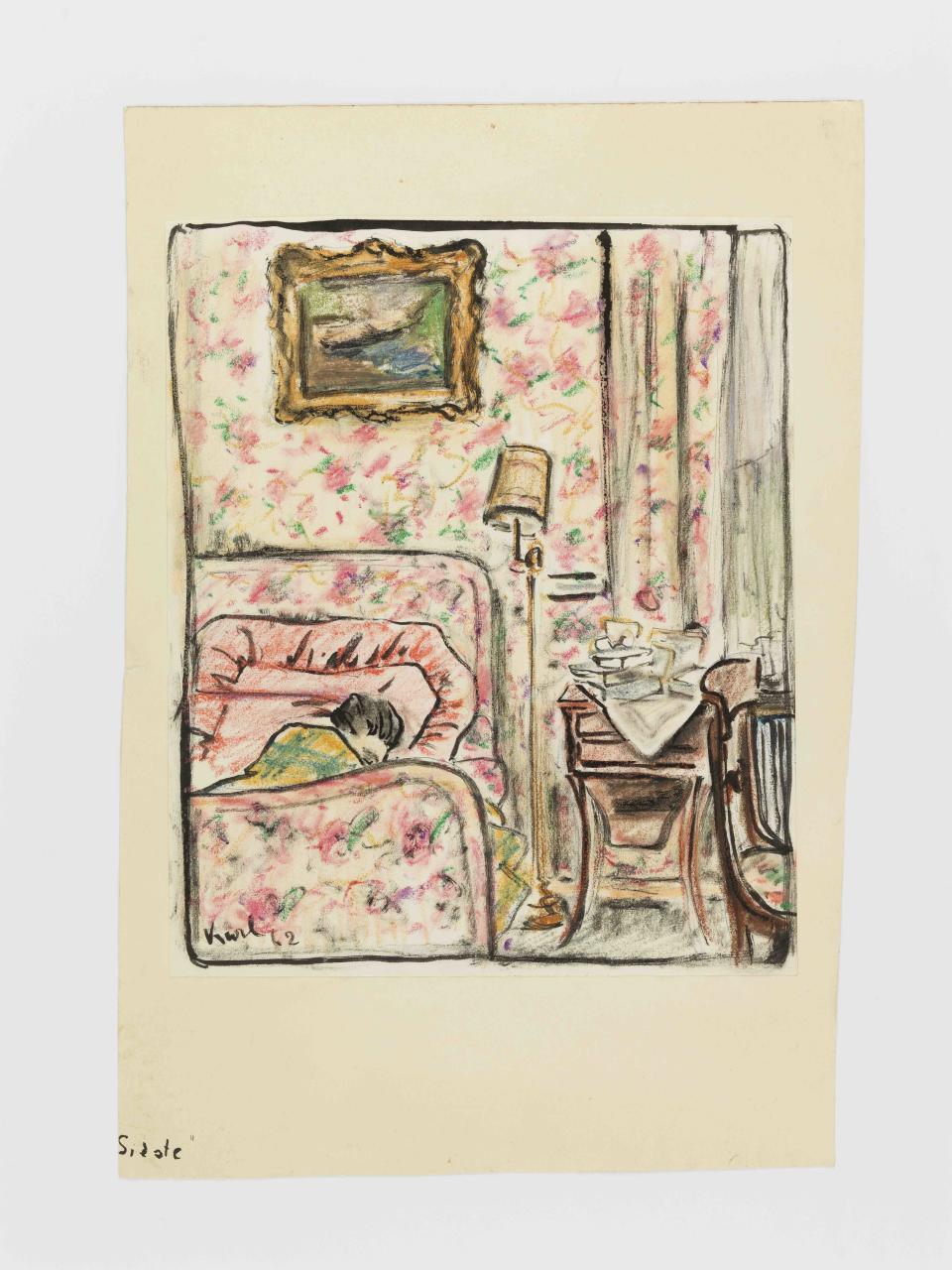
Best of WWD

